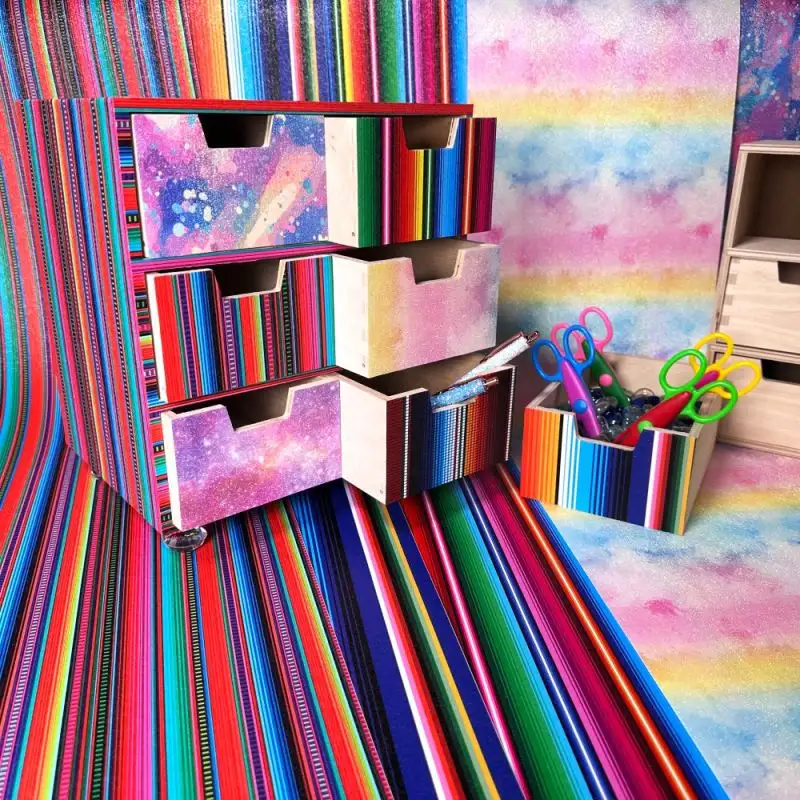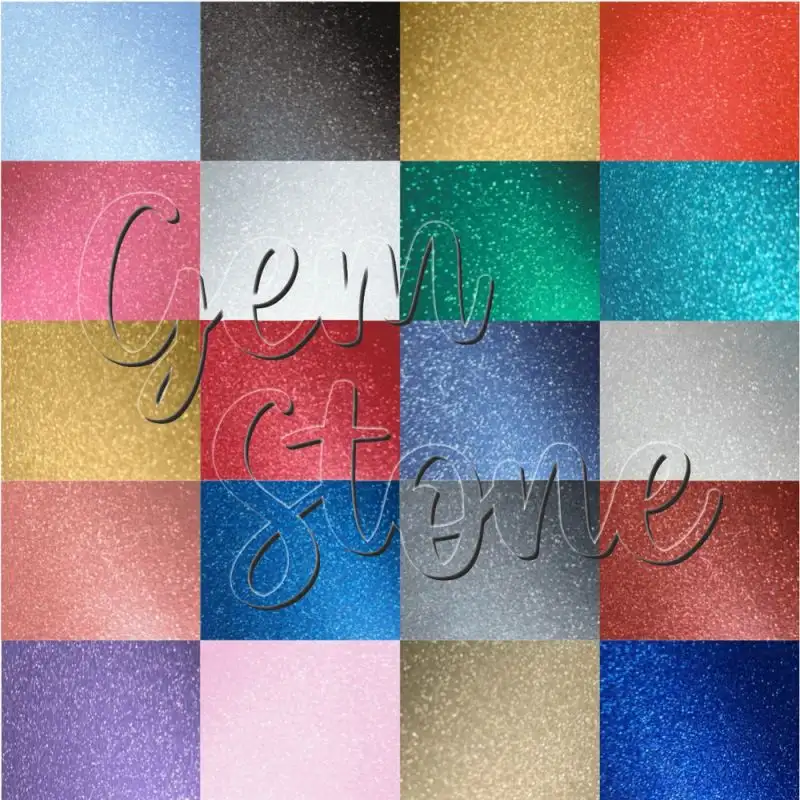The world of print design is experiencing a radiant transformation, moving beyond the flat page into the realm of tactile luxury. At the forefront of this shift are the ongoing innovations in foil direct plotter films. These are no longer niche products for specialized crafts; they have become integral tools for designers looking to add a layer of sophistication and surprise to their work. By integrating these advanced materials, you can push the boundaries of traditional printing, creating multi-sensory experiences that captivate audiences and leave a lasting physical impression far beyond what ink alone can achieve.
A Dynamic Partnership with Digital Printing
One of the most exciting advancements is the seamless marriage of foil and digital print. Modern foil films are designed for precise registration, allowing you to add metallic accents directly onto pre-printed materials. Imagine a business card where a digitally printed, full-color photograph is elegantly framed by a raised, gold foil border. Or consider a brochure where specific text elements or icons in a vibrant layout are highlighted with a crisp, holographic foil. This combination allows for incredible creative freedom, enabling you to build complex, layered designs that leverage the best of both full-color imagery and luxurious metallic finishes.

Beyond Metallics: Exploring New Textural Frontiers
While brilliant golds and silvers remain classics, the innovation in textural effects is where the real magic happens for print projects. The market now boasts plotterfolie that mimic the look of brushed aluminium, cracked ice, or even leather. These textural foils add a dimension of realism and depth that is visually striking and physically engaging. Using a wood-grain foil on a menu cover for a restaurant or a carbon fiber texture on a tech company's promotional folder can instantly communicate a brand's essence through touch and sight, elevating a simple print piece into a memorable brand artifact.
The Rise of Decorative and Pigment Foils
A significant leap forward has been the development of high-opacity pigment and decorative foils. Unlike traditional metallic foils that require a dark background for maximum impact, these newer options feature vibrant, solid colors like pastel pink, deep navy, or matte black. This opens up a world of possibility for working on light-colored substrates. You can now create stunning, full-coverage designs or bold graphic elements without being limited to metallic sheens. A matte black foil on a cream-colored cardstock, for instance, delivers a modern, understated elegance that is both chic and unexpected.
Streamlining Production with Integrated Workflows
Innovation isn't just about the film itself; it's also about how it fits into the modern design workflow. Software and hardware advancements have made the process more intuitive than ever. Design programs like Adobe Illustrator allow designers to create a dedicated cut line layer directly in their artwork file. This digital workflow ensures perfect alignment between the printed elements and the foil application. Furthermore, the widespread availability of user-friendly desktop plotters has democratized this technology, making it accessible for in-house marketing teams, print shops, and independent designers to produce professional-grade foiled work on demand.

Creating Depth with Layering and Combination Techniques
For the truly ambitious designer, foil films offer the potential for sophisticated layering. This technique involves applying multiple foil colors or finishes in a single design. By carefully planning the registration, you can create a sense of immense depth and complexity. Picture a logo where a deep bronze foil forms a shadow behind a bright silver front layer, or a floral pattern where different petals are rendered in complementary foil colors. This level of detail, once the exclusive domain of high-end packaging, is now achievable, allowing for the creation of truly bespoke and collector-worthy print pieces.
The Future is a Fusion of Print and Embellishment
The trajectory of foil direct plotter film innovation points toward a future where embellishment is not an afterthought but a fundamental part of the design language. As these materials become more diverse and the application technology more refined, the line between printing and finishing will continue to blur. Designers are empowered to think of foil as another color in their palette or another texture in their toolkit. By embracing these innovations, you can ensure your print projects don't just communicate a message—they create an unforgettable impression that resonates on a visual, tactile, and emotional level.





